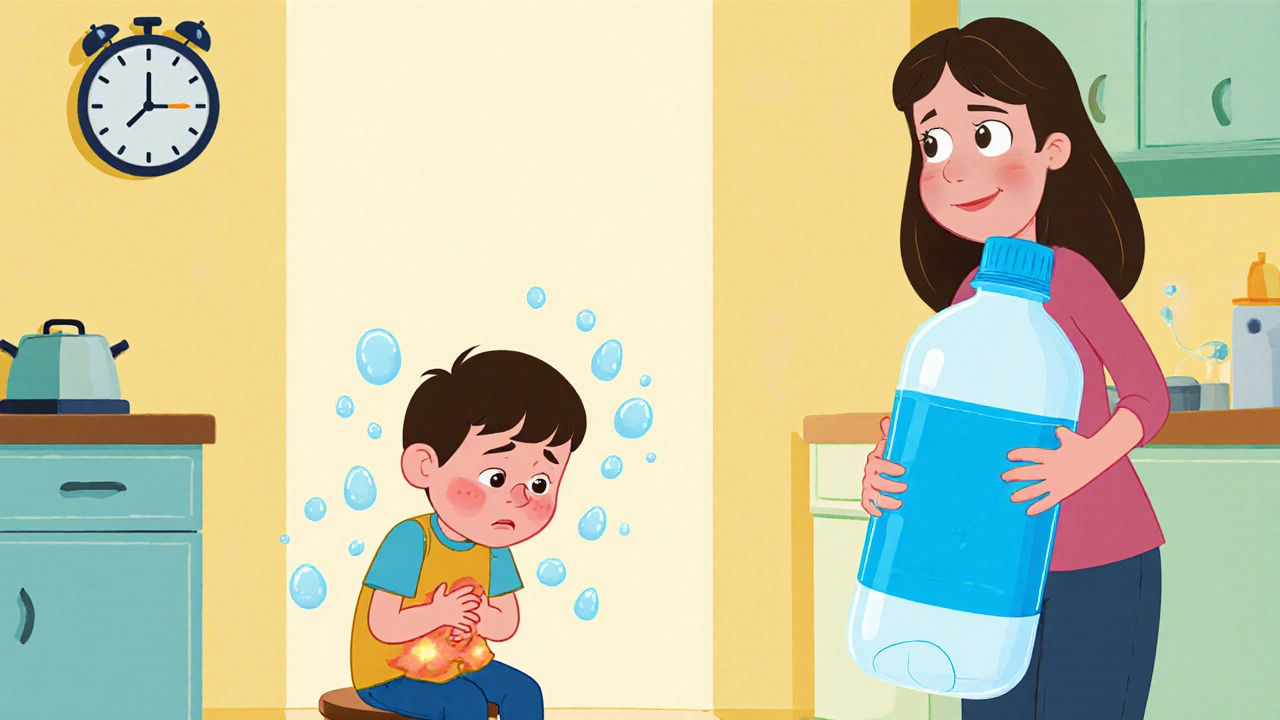Gastroenteritis: Causes, Symptoms, and What You Can Do
When your stomach cramps, you feel nauseous, and diarrhea hits hard, you’re likely dealing with gastroenteritis, an inflammation of the stomach and intestines, usually caused by infection. Also known as the stomach flu, it’s not related to the flu virus—it’s your gut reacting to something harmful you swallowed or came into contact with. This isn’t just a one-day annoyance. For kids, older adults, or people with weak immune systems, it can turn dangerous fast.
Gastroenteritis usually comes from three sources: viruses, bacteria, or parasites. Rotavirus, a leading cause in children under five, spreads easily in daycare centers and schools. Norovirus, the most common cause in adults, thrives in crowded places like cruise ships and restaurants. Bacteria like Salmonella, E. coli, or Campylobacter often come from undercooked meat, raw eggs, or contaminated water. And let’s not forget parasites—Giardia, for example, hides in untreated lake water. Each one triggers similar symptoms: vomiting, watery diarrhea, belly pain, fever, and sometimes muscle aches.
The real danger isn’t the bug itself—it’s what happens after. Dehydration, a loss of fluids and electrolytes from constant vomiting or diarrhea, can sneak up on you. You might not feel thirsty, but your mouth gets dry, your urine turns dark, and you feel dizzy. Kids show it differently—no wet diapers for hours, crying without tears, sunken eyes. If you’re over 65 or have diabetes, kidney disease, or a chronic illness, dehydration can land you in the hospital fast.
Most cases clear up on their own in a few days. But that doesn’t mean you should ignore it. Rest, sipping small amounts of water or oral rehydration solutions, and avoiding dairy, caffeine, and greasy food helps your gut heal. Antibiotics don’t work on viruses—and using them when they’re not needed can make future infections harder to treat. If you’re vomiting for more than 24 hours, have blood in your stool, or can’t keep fluids down, you need help. That’s not something to wait out.
What you’ll find below isn’t just a list of articles. It’s a practical toolkit. You’ll see how to tell the difference between a bad case of food poisoning and a true allergic reaction to medication. You’ll learn about probiotics that help restore gut balance after an infection. And you’ll get clear guidance on when to reach for over-the-counter relief—and when to skip it. This isn’t about fear. It’s about knowing what’s normal, what’s dangerous, and how to take control before it gets worse.

